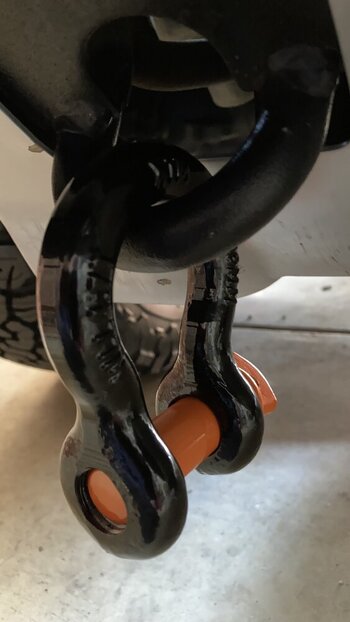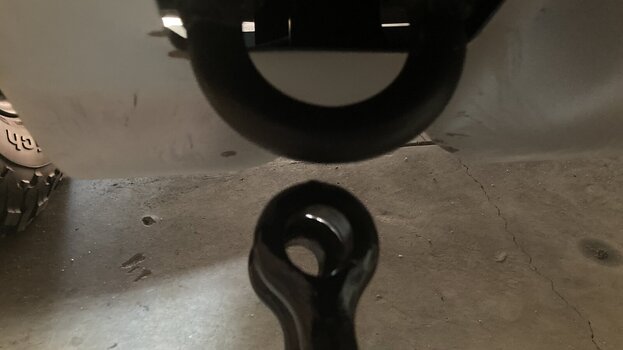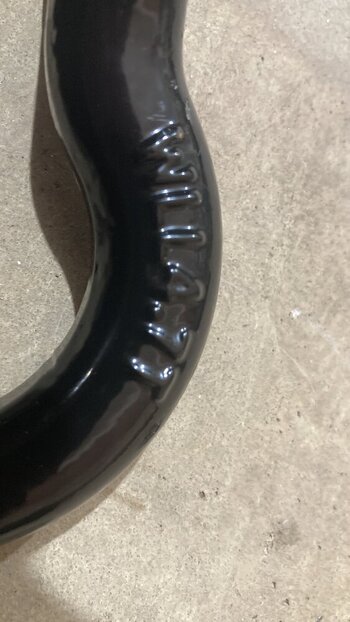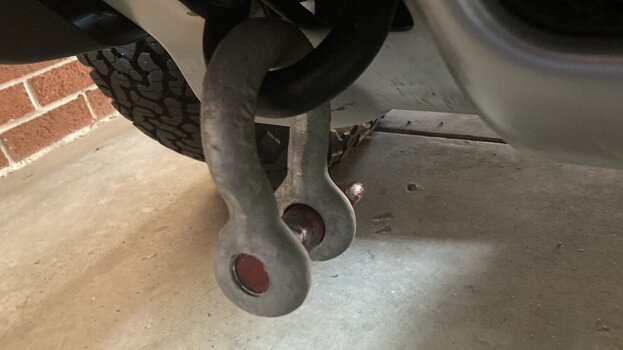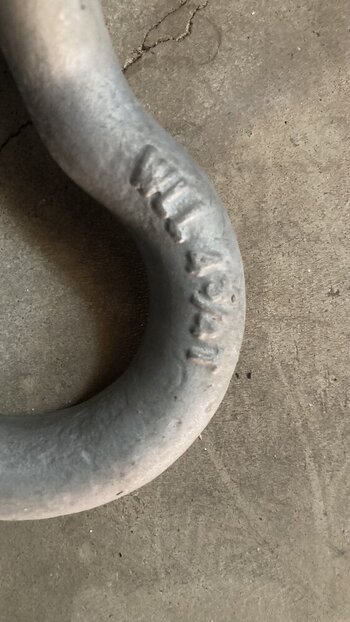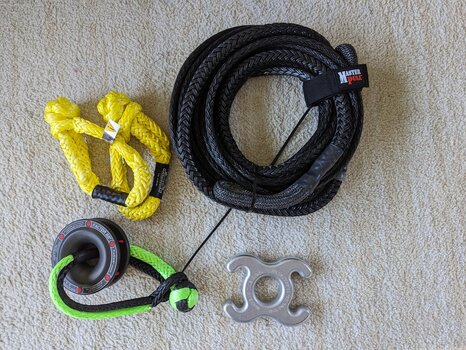- Local time
- 4:26 PM
- Joined
- Aug 24, 2022
- Messages
- 2,450
Agree with all this, I have a recovery rope, much better than a snatch strap.Back to the original thread;
The Ineos optioned recovery kit is fairly competitively priced and is intended for use with the winch provided on the Grenadier.
A couple of add ons would be recommended, particularly as the fitted winch only has 12m of usable line.
So I’d firstly be sourcing an extension line (contact Red Winch as they can provide the correct size line as well as matching soft shackles etc.
If you’re serious about recovery, then I’d suggest steering away from snatch straps as they have a limited lifespan and lose their elasticity after a number of uses.
There’s a couple of US and Australian UT channels that have been realistically testing and using recovery ropes, which do the same thing as a snatch strap, but last considerably longer; much much longer.
However, all good things come at a price, and a good (branded) recovery rope won’t be cheap; so if it’s unlikely to get much use, then opt for the cheaper straps, but if regular recovery in all conditions is your thing, then I’d definitely consider investing in a recovery rope instead.
Next I’d source a universal adapter to fit your 2” receiver on your tow pack.
And yes, you’ll need to remove your ball hitch in order to access the receiver.
Make sure it’s intended for the correct line size or bow/soft shackle that you have.
As recent coverage of a fatality in the US shows, you should never use your ball hitch to recover a vehicle using the snatch method. If you have no options, then at least raise the stuck vehicle’s bonnet to act as a first line of defence from a ballistic tow ball.
I’m not sure what the correct term is, but most experienced recoverists (new word) drape heavy canvas covers over the recovery lines to keep the line down in the event of a catastrophic failure. Something like that would be a good addition.
And lastly, the best add on to a recovery kit, in my opinion, is good communication skills. It doesn’t matter how good your kit is, it ain’t worth shit if the others involved in the recovery don’t understand what to do or how to do it. Their lives are more important than the vehicle being recovered.
So I guess a good set of radios would be needed under the “good communications” tag.
The list can be as long as your arm; it’s down to how much you’re going to realistically use it, or if it’s mainly being acquired as a form of insurance (ie you’re hopefully never going to use it in anger, but maybe a bit, to get familiar with how to use it (safely))
We do use rope dampers, probably not as critical these days if you are using soft shackles but still good practice.
The hitch adapter is good and I have a couple but with proper rated recovery points would tand to prefer using those with a distribution strap between them (5m long, not less to reduce lateral stress between the loops)
Radio’s really essential, but if you don’t have them then a relay of people but make sure they are to the side of the recovery line and out of danger.
If you are wanting to use a winch rope extension and that may well be necessary with the relatively short rope length of the Grenadiers, you will need to think about how you shorten the extension, when you start to think about it, using an extension is not as straightforward as you may think. You can’t tie knots in winch ropes, it weakens the rope and even if you do manage to recover successfully with a knotted rope you will likely never undo that knot again and will have to cut it out of the line.
I have purchased an x-lock to aid in winch shortening, there are a couple of other similar devices, but I would suggest one of those and a an extension rope is essential for anyone with an OEM Grenadier winch.

